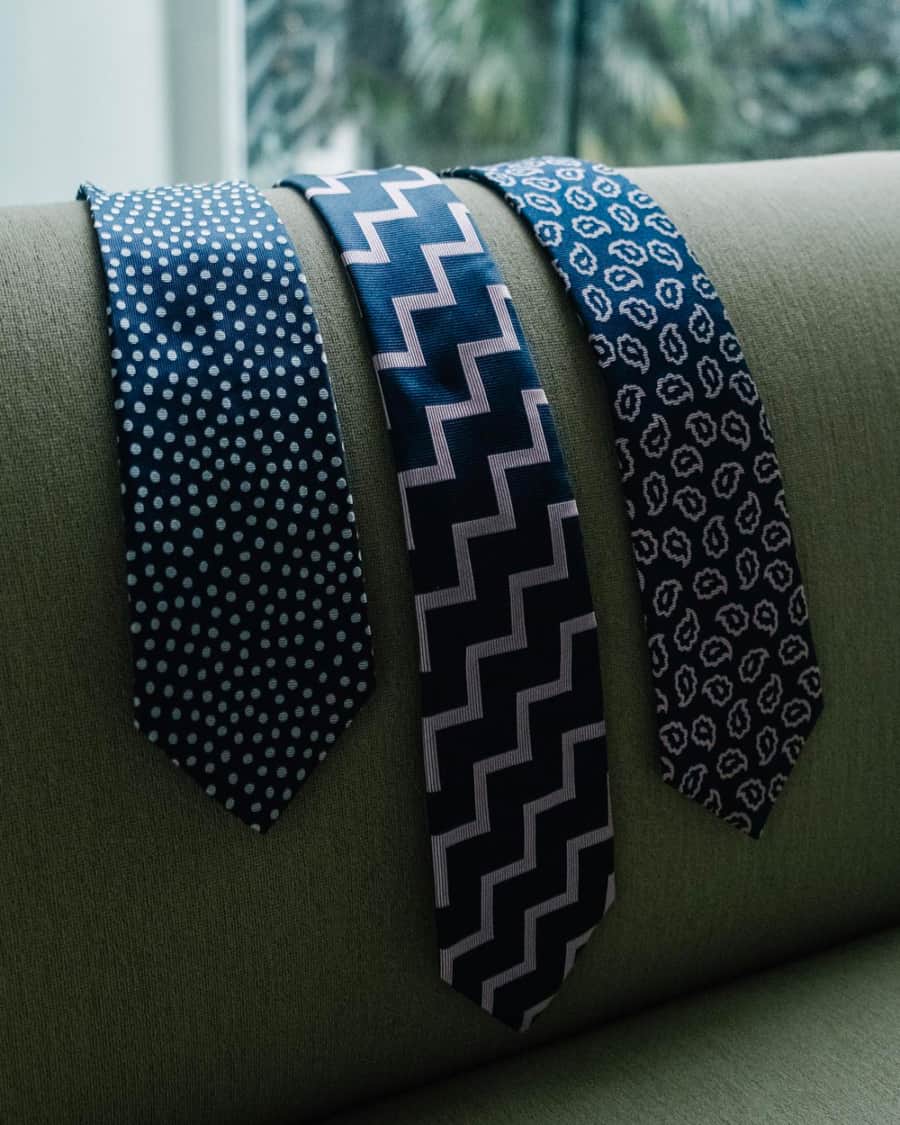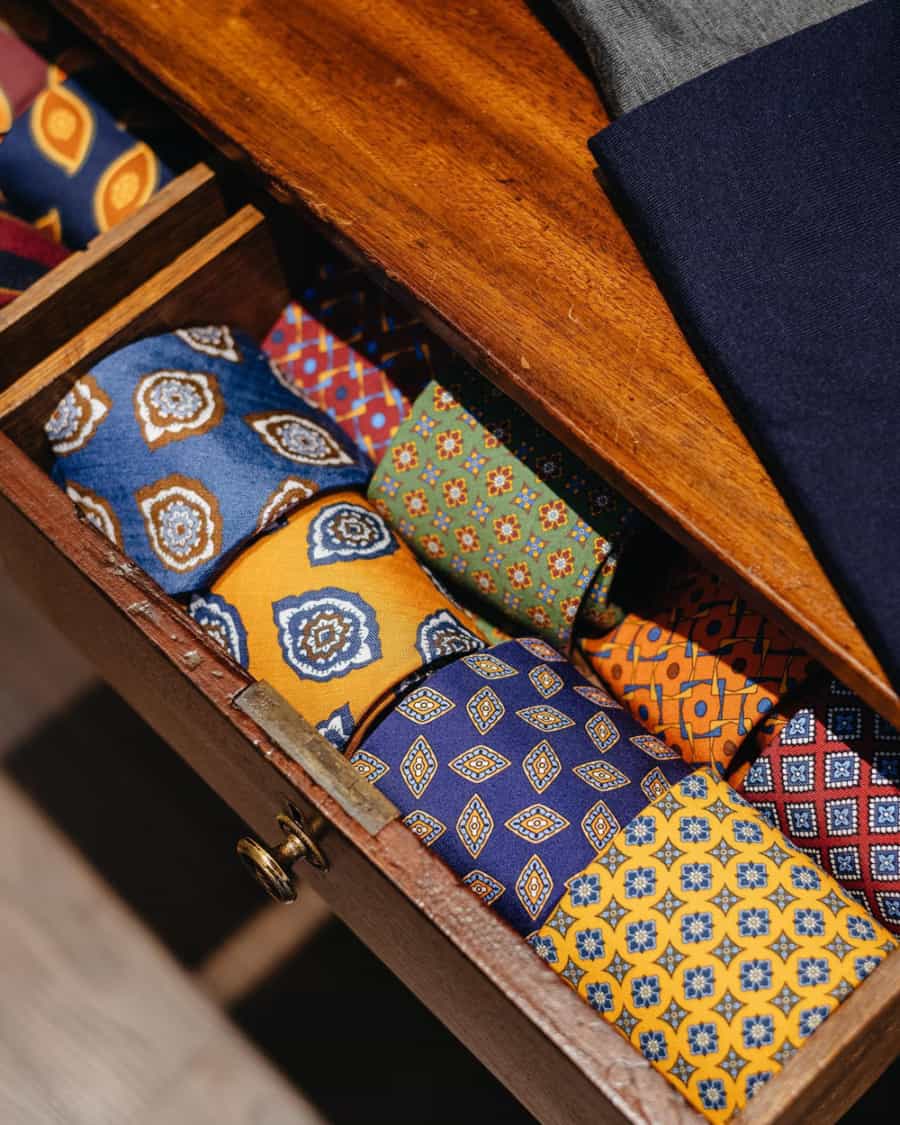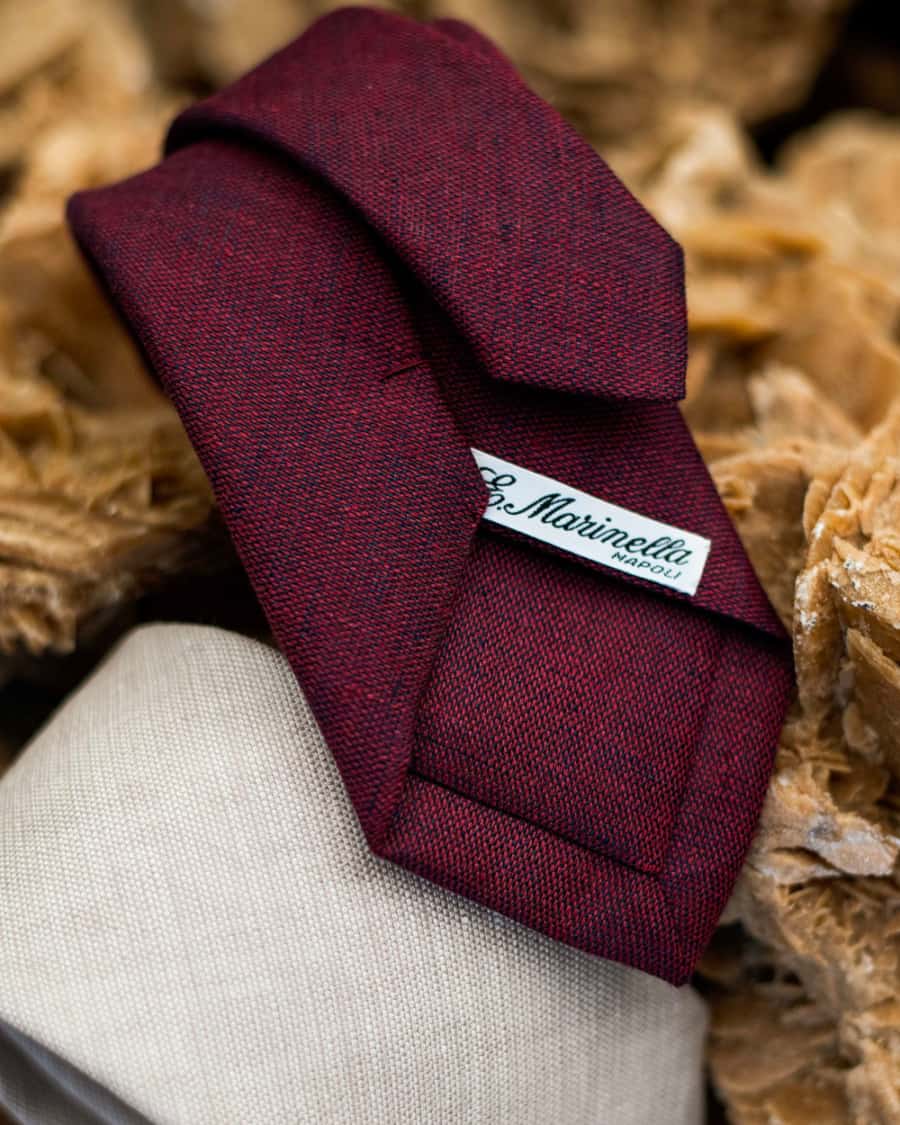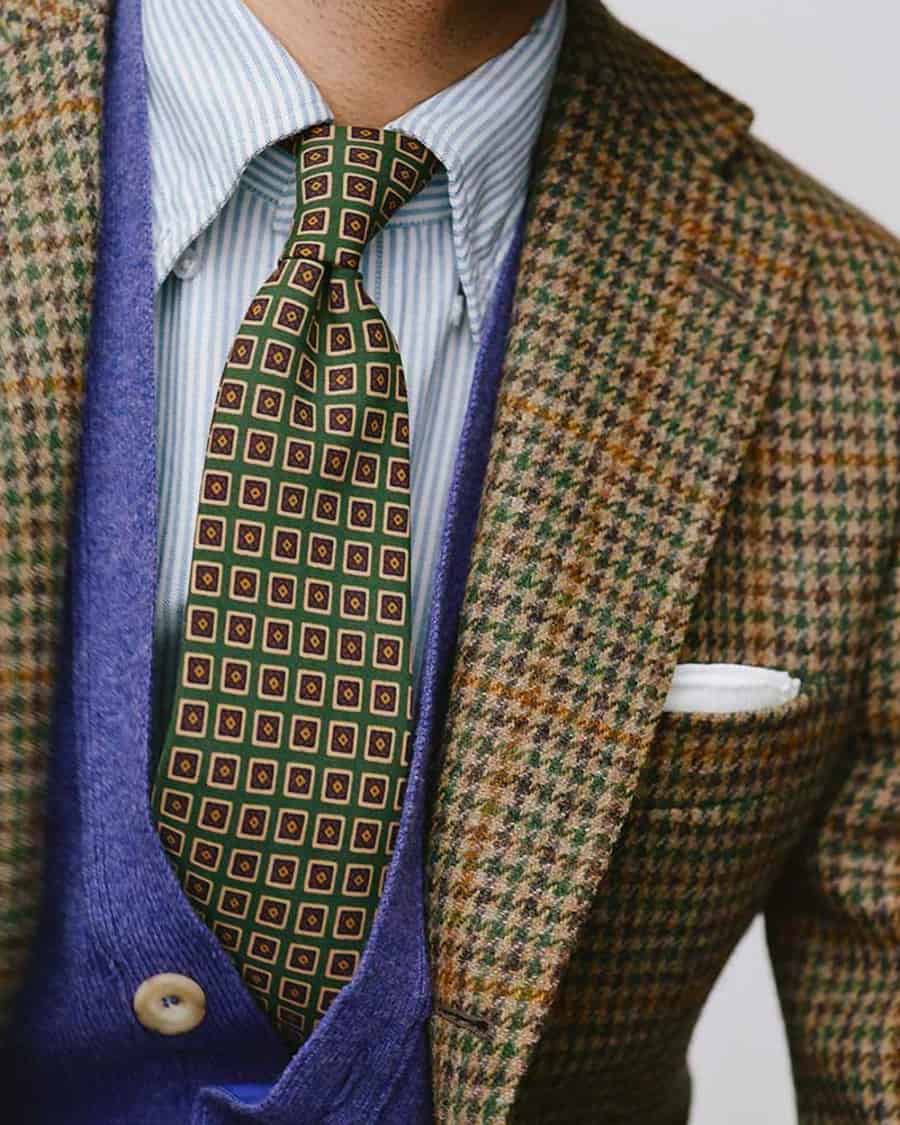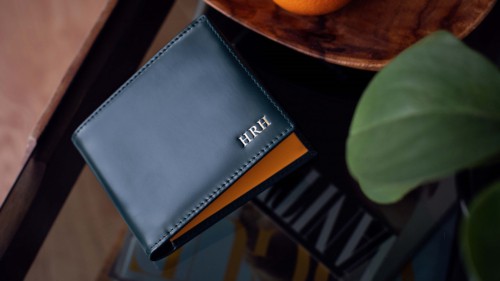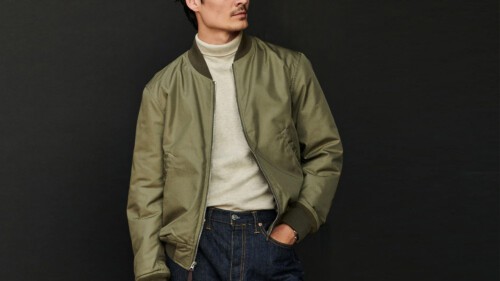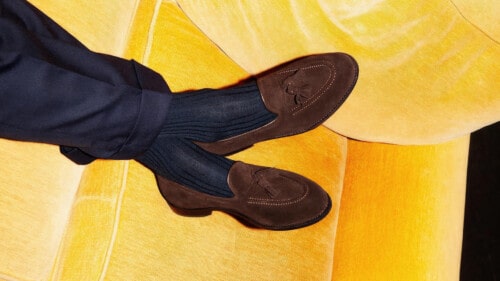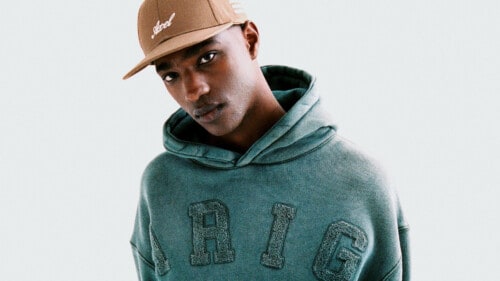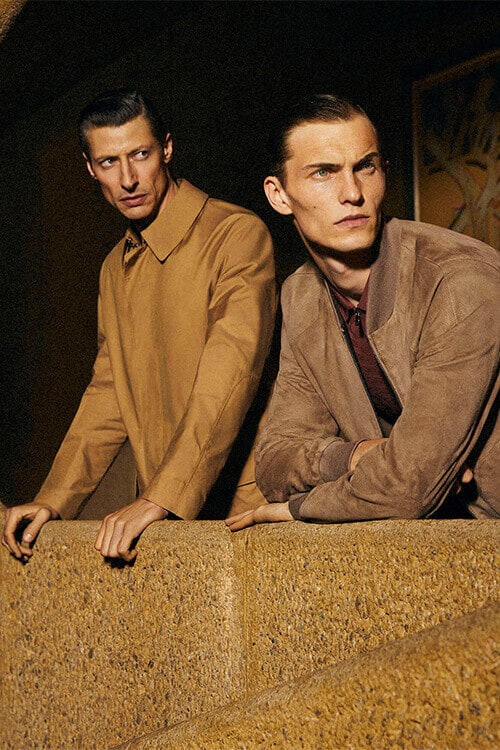
8 Luxury Tie Brands That Are Worthy Of Your Dress Shirts
Forget what you heard - the tie still has its place in the modern man's wardrobe. But with less occasions requiring one, it makes sense to invest in the highest quality neckwear you can.
Anecdotally at least, the tie seems to be going the way of the dodo, with many traditional offices and workplaces no longer making it a business suit requirement. Take a walk around Mayfair, London one afternoon and you’ll see plenty of open-collared suits going about their business.
But in a roundabout way, this more casual approach to tailoring makes the tie even more impactful, because now when you do wear one, you really make a statement. And while proponents of the open collar will say neckwear is now redundant, we can’t help but feel that the tie is an excellent device for bringing pattern, colour and texture to a uniform suit, while also drawing the eye to one’s face.
What makes a luxury tie
So how do you tell a luxury tie from an average one? Well, besides the subjective design qualities, there are a few features pertaining to material and build that give you an insight into just how well-made a tie really is.
The shell
Firstly, the shell (the outside of the tie) is typically made in three pieces and cut on the bias. This means that the fabric has been cut at 45 degrees so that the tie drapes well and doesn’t twist.
You can tell if it has been cut on the bias by pulling the tie down vertically – it should stretch. Whereas if you pull it at 45 degrees, it should be fixed. No bias, no bueno.
The material
One of the most important considerations is the quality of silk used. Most silk comes from China, as it always has done. Italian and English silk is also available, albeit for many multiples of the price – yet the quality is not all that different.
Chinese silk woven with a jacquard loom in Italy or England is a different matter, however, producing the best quality tie fabrics in the world.
The construction
A tie is typically constructed with three folds, but in recent years there has been lots of emphasis on five folds, seven folds, even nine folds. This is largely smoke and mirrors in order to raise the price. A three-fold tie is still the standard, and a perfectly good one, too.
What is vital to a tie’s quality and longevity is the interlining, which also helps the tie drape elegantly. Thicker does not equal better in this case, and more likely suggests that the tie has a cheap polyester lining. Instead, you want to seek out ties with natural fibre interlinings such as cotton or even wool. It’s important to make sure that the lining doesn’t shift too much when you try to move it, too, otherwise you’ll end up with a misshapen tie that will be practically useless.
Hand sewn or machine made
There is a lot made about hand-sewn ties being superior to machine-made ties (which are by far the norm), and for good reason. While a machine-sewn tie is extremely efficient, it generally produces a tight stitch and subsequently an inflexible tie when you consider that the tie needs to be pulled into a knot.
Too tight and it will rip, hence hand-sewn ties often have a loop stitch to give the tie increased flexibility.
The best luxury tie brands in 2024
So, that’s the fundamentals covered. Let’s showcase some of the best luxury tie makers on the market today.
E. Marinella
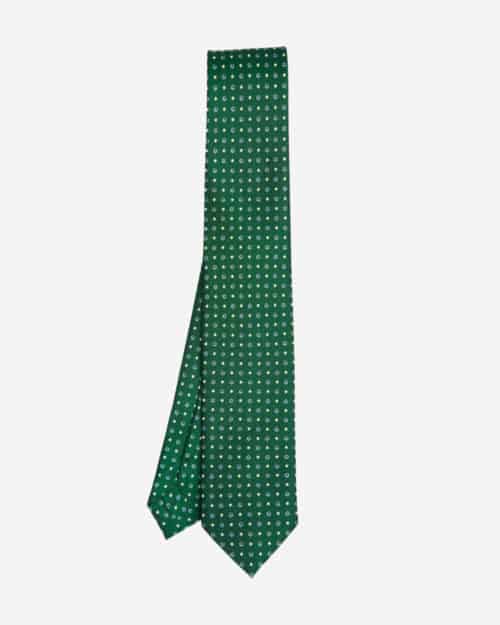
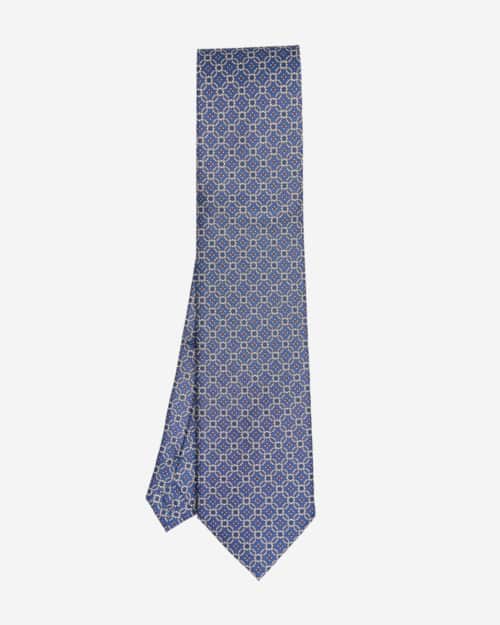

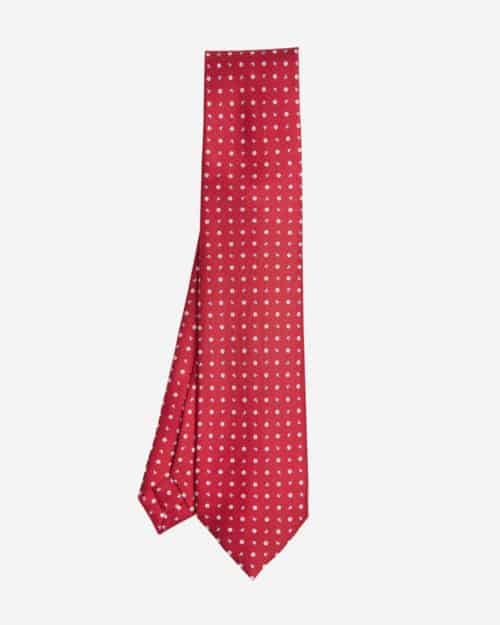
E.Marinella is a shirt and tie maker of legendary status, having supplied its wares to actors, politicians and members of high society ever since it was founded by Eugenio in 1914. From a tiny shop on the seafront in Naples, it has created a name for itself as a maker of the finest ties on the planet.
Made entirely by hand using pure silks hand-printed exclusively for E. Marinella, the artisanal house is renowned for its floral and geometric micro-patterns. From three-fold to nine-fold, E. Marinella’s ties consist of a luxury wool lining that creates the perfect knot and drape.
In short, you’ll struggle to find a better tie anywhere in the world.
G. Inglese
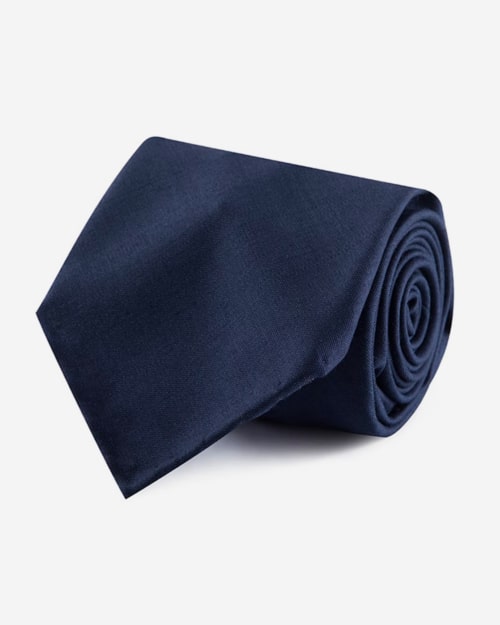
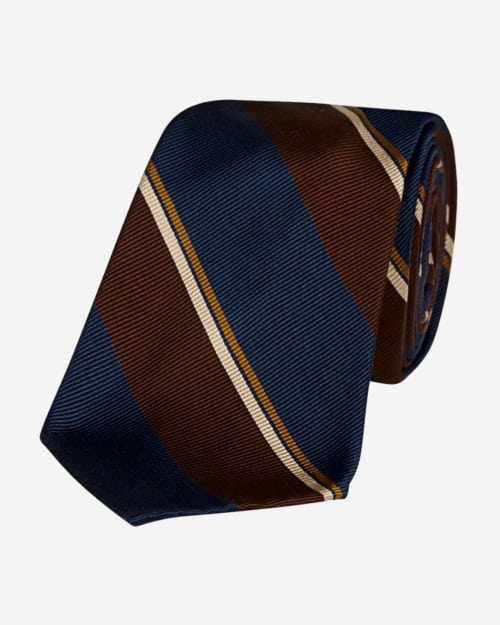
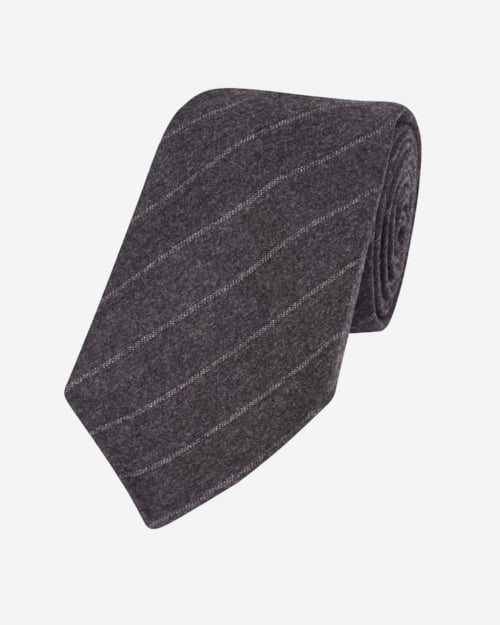
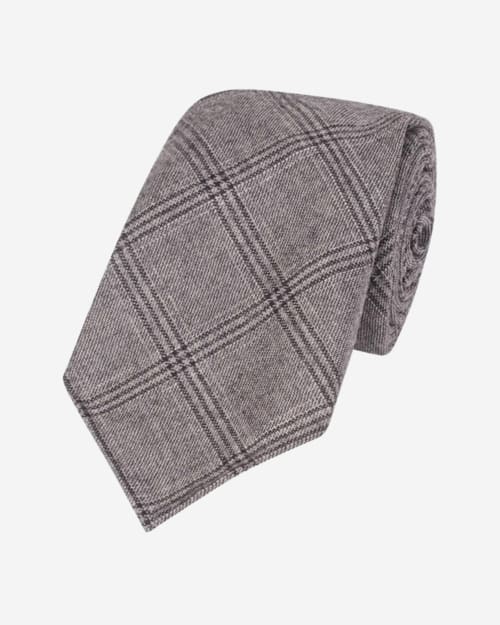
The Puglian sartorial brand G. Inglese was founded in 1955. It originally specialised in sumptuous bespoke and off-the-peg shirting, but later branched into lightweight jackets and accessories, not least its ties. Prince William is a fan, opting to have his wedding shirt made by G. Inglese.
That same meticulousness it applied to its shirtmaking is replicated in its hand-making of silk ties. Unique to Inglese’s handmade ties is the ‘asoletta’ (meaning ‘little buttonhole’), which uses a silk thread loop to close the tie around a small button – a device unique to the region and a beautiful detail that only aficionados will recognise.
Edward Sexton

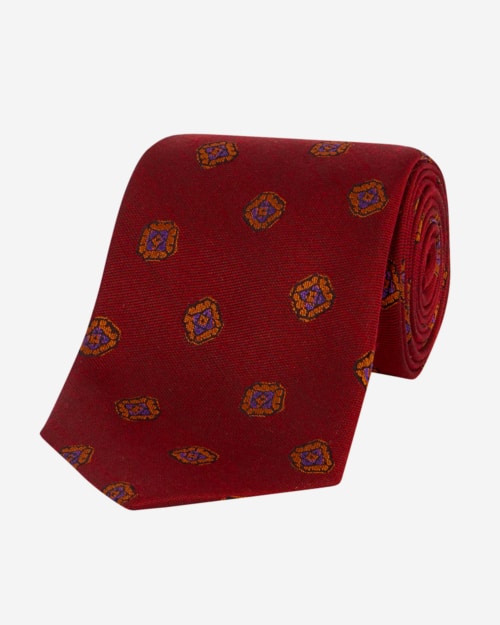
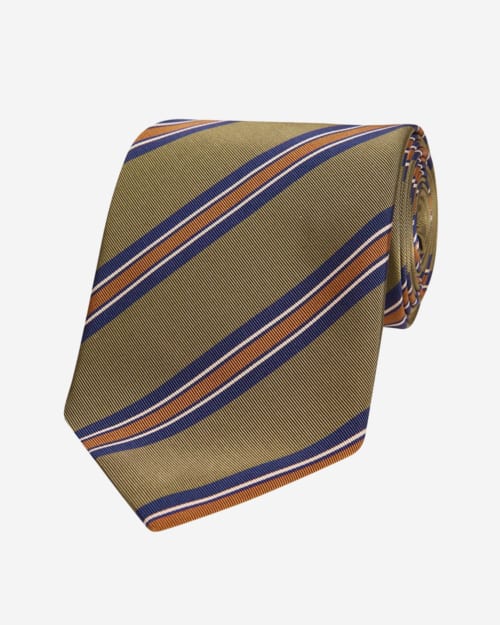
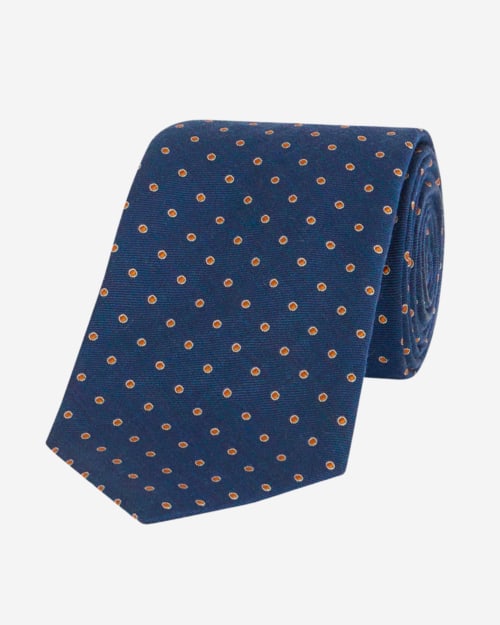
As one of London’s foremost bespoke tailors, it only follows that a sartorial legend like Edward Sexton would produce ties worthy of his luxury suiting. Sexton’s ties are typically of classic palette and incorporate plain styles as well as spots and stripes designed to stand the test of time.
They are made in a traditional three-fold construction, slip-stitched and hand-tacked in Italy. The seasonal collections are always on point and offer great value for the quality on offer.
Charvet
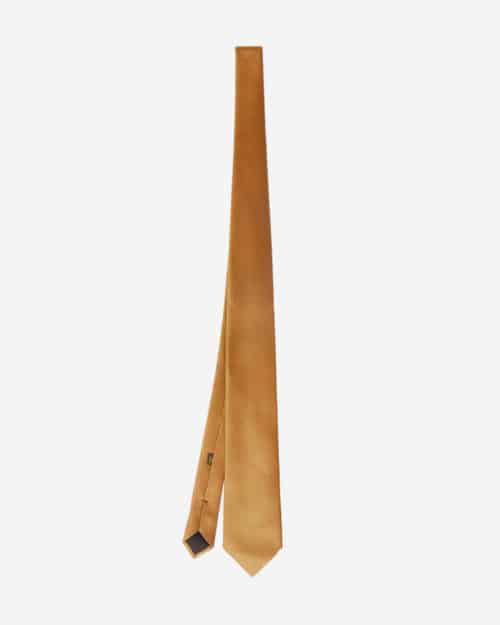

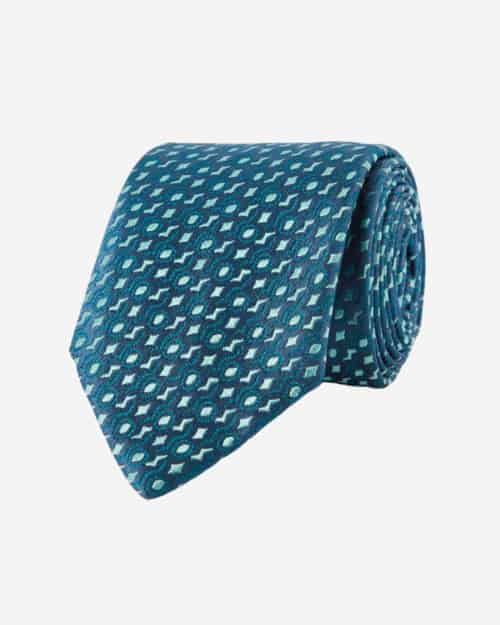
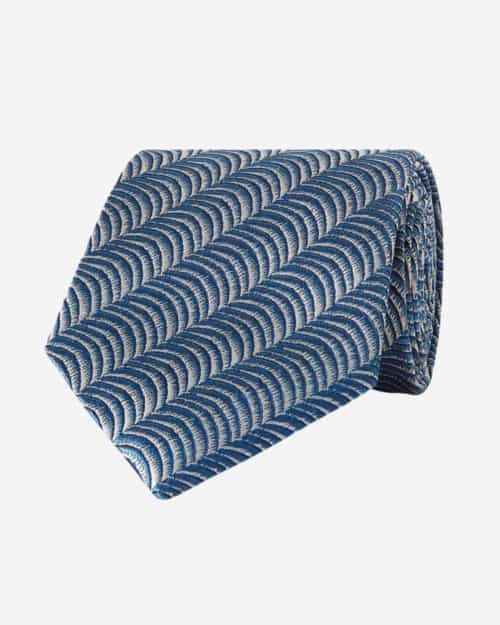
As with many bespoke shirtmakers, their ties collections are more often than not the equal to their tailoring reputation. And so it goes with the iconic Parisian house Charvet, which has been producing sartorial iterations of true luxury ever since 1838.
From its regal position on 28 Place Vendôme, it has earned a peerless reputation for tie-making excellence, using luxurious silk jacquards designed with intricate patterns and hues, completely handmade in France.
While the price points are punchy, compared to its peers on this list, there is a certain cachet one earns from having that Charvet label discreetly hidden on the reverse of your tie.
Hermès
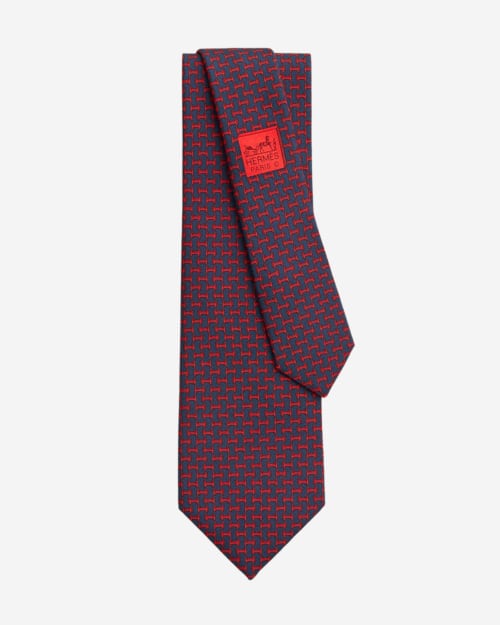

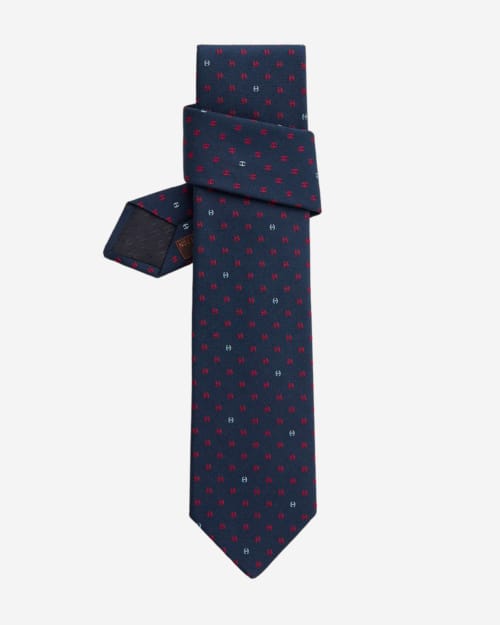
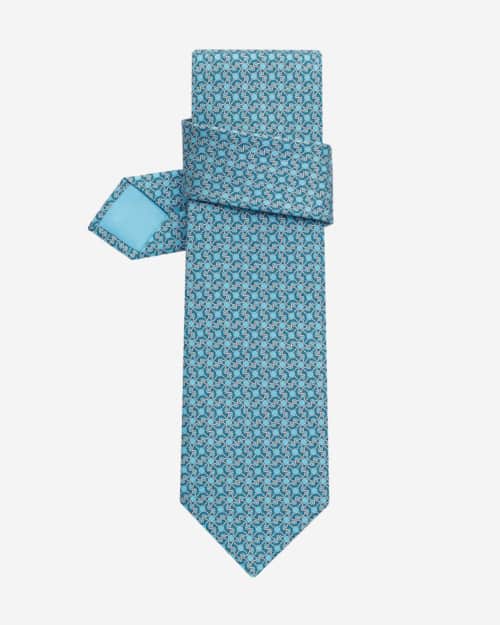
Lauded French fashion house Hermès originally began life as a luxury saddle maker before branching out into silk accessories, most notably its elegant ladies scarves, before also handcrafting men’s ties. With probably the richest tie archive of any brand (thought to be of 75,000 styles), Hermès’ designs are handcrafted in Lyon, the home of French silk.
What makes Hermès silk so special is the vertical set-up of the company, since it own its own silkworm plantations in southern Brazil and thus controls every aspect of the production, design and screen-printing process (which produces a much richer array of colours and a better quality product than a jacquard woven tie).
The tie construction is second-to-none, using not one but two layers of interlining that gives the tie its unique spring and form. All of the ties are of a three-fold construction and are hand sewn with a 170cm length, culminating in a neat loop stitch finish on the reverse.
Connoisseurs will also appreciate the unique differences in the keeper label, which is woven and features specific elements to that style of tie. By and large, the house specialises in geometric prints, whether micro patterns or animal prints, and are instantly recognisable as Hermès to the discerning eye.
Drake’s
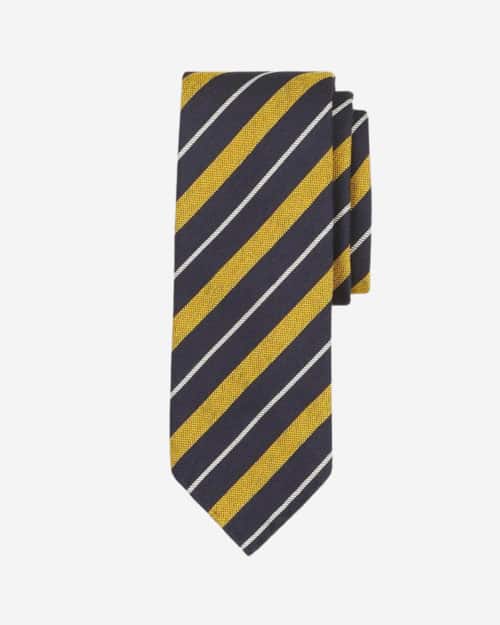
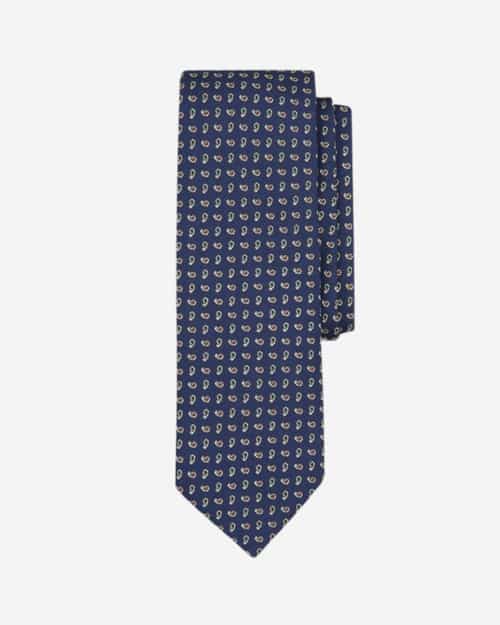
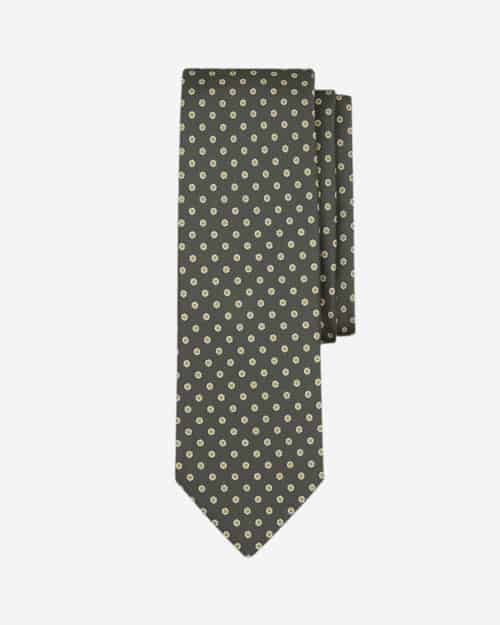
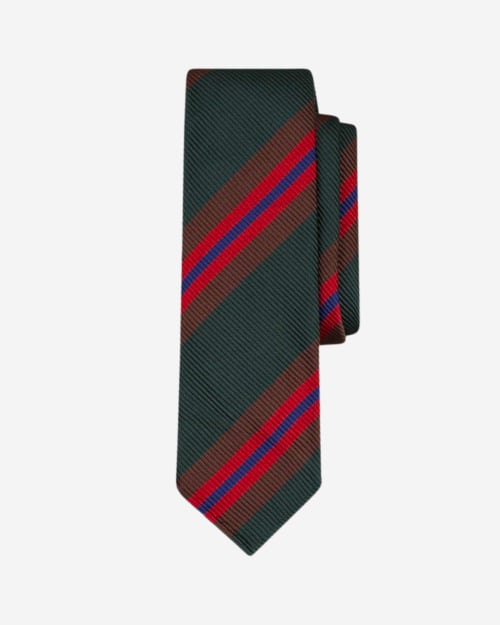
Haberdasher turned cult Savile Row brand Drake’s has been on a tear recently, thanks to some pretty awesome collaborations with Teddy Santis’ preppy-leaning streetwear brand, Aime Leon Dore.
Famed for its Ivy attitude to tailoring and smart casualwear, Drake’s has always put fabric at the forefront of its collections, and its ties are no exception. Season after season, it produces some amazing knitted silk styles among others, all handmade in its dedicated factory in the heart of east London.
If you’re after a tie that has a more casual, collegiate feel then Drake’s should be first on your list.
Turnbull & Asser
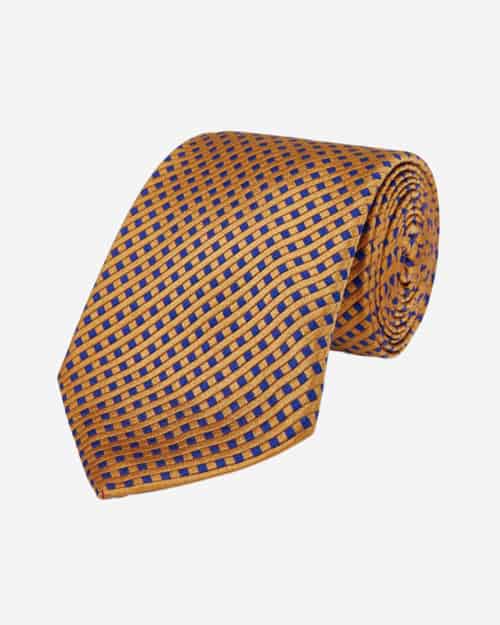

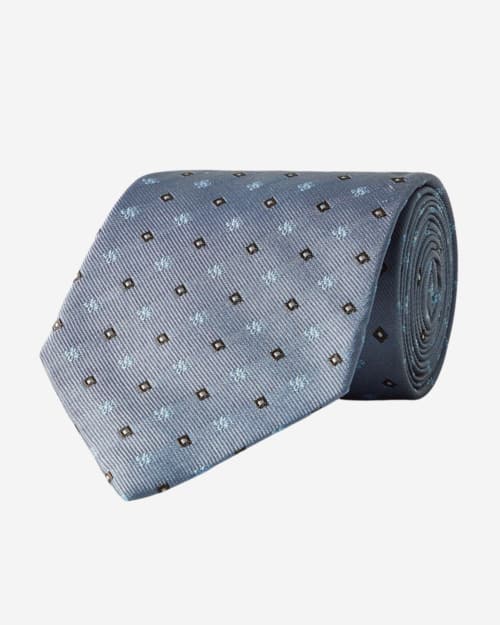
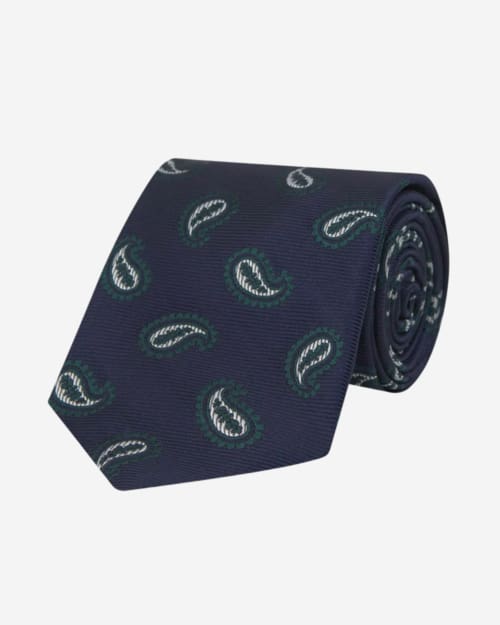
Legendary Jermyn Street bespoke shirtmaker, Turnbull & Asser’s heritage and reputation precedes it, but that does not mean it rests on its laurels when it comes to tie making. In fact, its ties are some of the best in the business, designed in-house and handmade in English workrooms.
The silk comes from a centuries-old English mill, while each tie is constructed with a self-tipped blade and delicate slip-stitching along its entire length.
Turnbull & Asser have supplied most of the ties worn by Daniel Craig as James Bond over the years, reinforcing that timeless English artisanal pedigree. But product placement aside, the ties are genuinely excellent and worthy of a place in even the most discerning sartorial wardrobes.
Cinabre

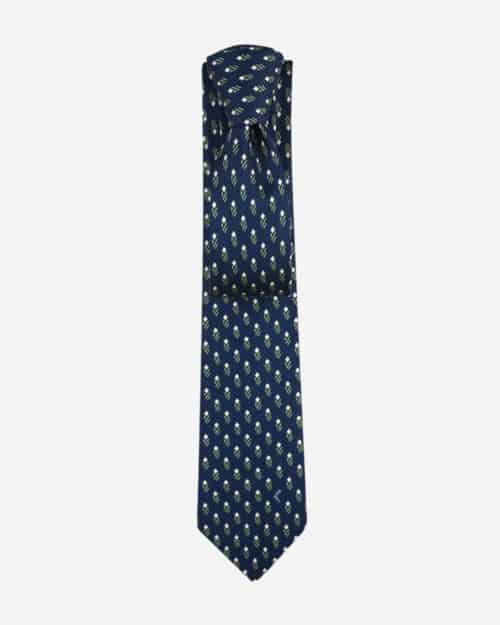
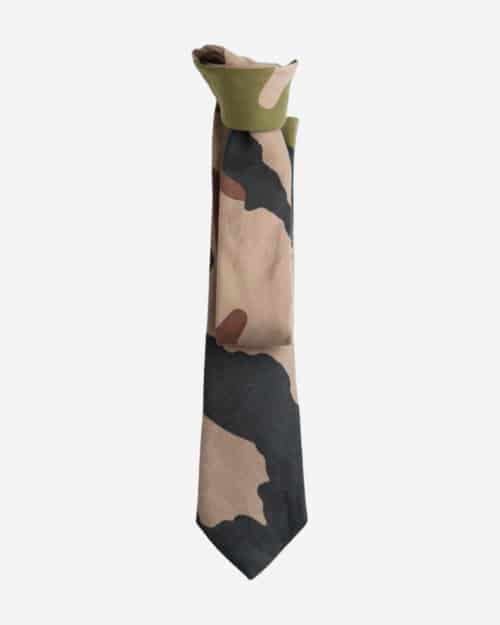
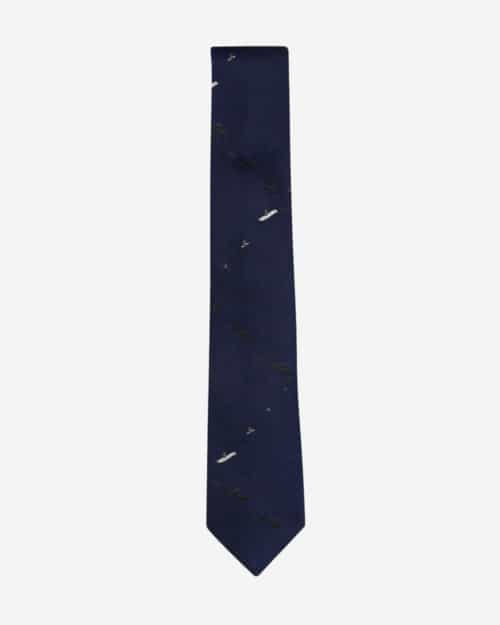
Unlike the vast majority of brands on this list, Paris-based Cinabre does not have a vast heritage to lean on. In fact, Franco-Swede entrepreneur, creator and DJ Alexandre Chapellier is cut from a very different cloth and yet has grown a unique brand dedicated to superior luxury men’s accessories, namely ties.
The official supplier to President Macron, Cinabre’s ties are handmade in the Loire Castle valley, nearby to the French silk epicentre of Lyon. With fans and clients such as Pharrell Williams and Kanye West, Cinabre is a fantastic option for guys who want something more contemporary from their neckwear.
